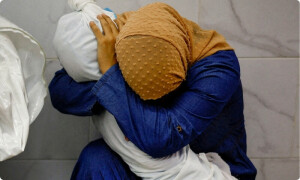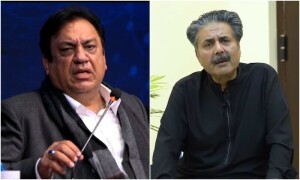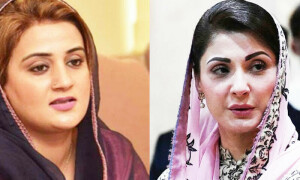ONCE again, PTI’s Shaukat Ali Yousafzai defeated PML-N’s Rashad Khan in the Shangla-I by-election that took place on Sept 10. This time, however, Mr Yousafzai secured 41,960 votes against Mr Khan’s 22,113 votes — a large margin compared to his narrow win in the general elections on July 25, when the former obtained just 17,300 votes against the latter’s 15,600 votes. So what made the difference? The increased participation of women — primarily. For the first time, the ECP had declared results from the general election null and void due to the low turnout of female voters. To encourage women to take part in the democratic process, the Election Act makes it mandatory to have at least 10pc of total votes in each constituency cast by women. This new provision was introduced thanks to the efforts of women lawmakers. Encouragingly, only three constituencies had a female voter turnout of less than 10pc, compared to 17 constituencies in 2013. Twenty-two constituencies had a higher turnout of women than men. And in the tribal regions, there was a 36pc increase in women voters — the highest in the country.
In Shangla, only 5.9pc women showed up to cast their votes on July 25. In the repolling, that figure increased to 13.7pc. Patriarchal traditions limit women’s mobility and bar their political participation. Keeping in mind the traditions and realities of the land, tents were provided for purdah-observing women, transport was provided by political parties to and from the polling stations, and female staff and police were deployed inside polling booths, this time around. While much remains to be done by the political parties to adhere to election rules and nominate at least 5pc women candidates to the general seats, the ECP must be lauded for its efforts to bring ordinary women into the political fold. But it should also be noted that these numbers are still relatively low. Women are ‘half the sky’ — not 10pc. The state must take the first steps. Society will follow.
Published in Dawn, September 12th, 2018











































